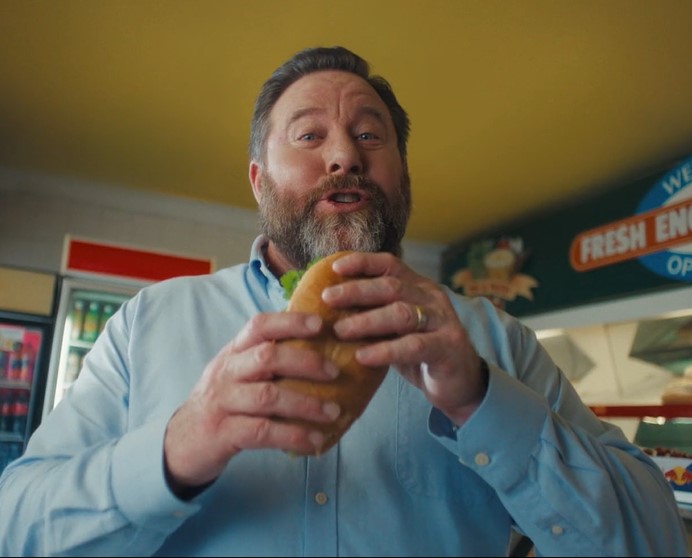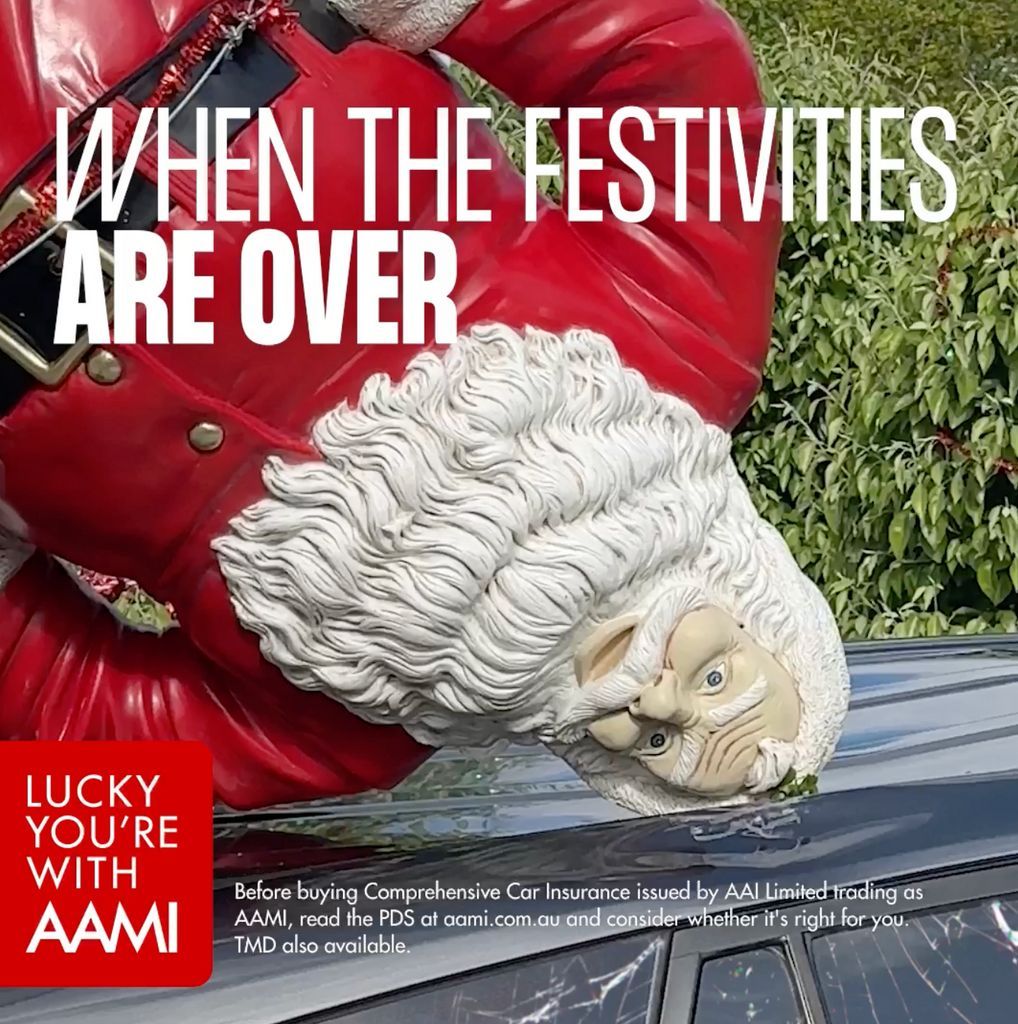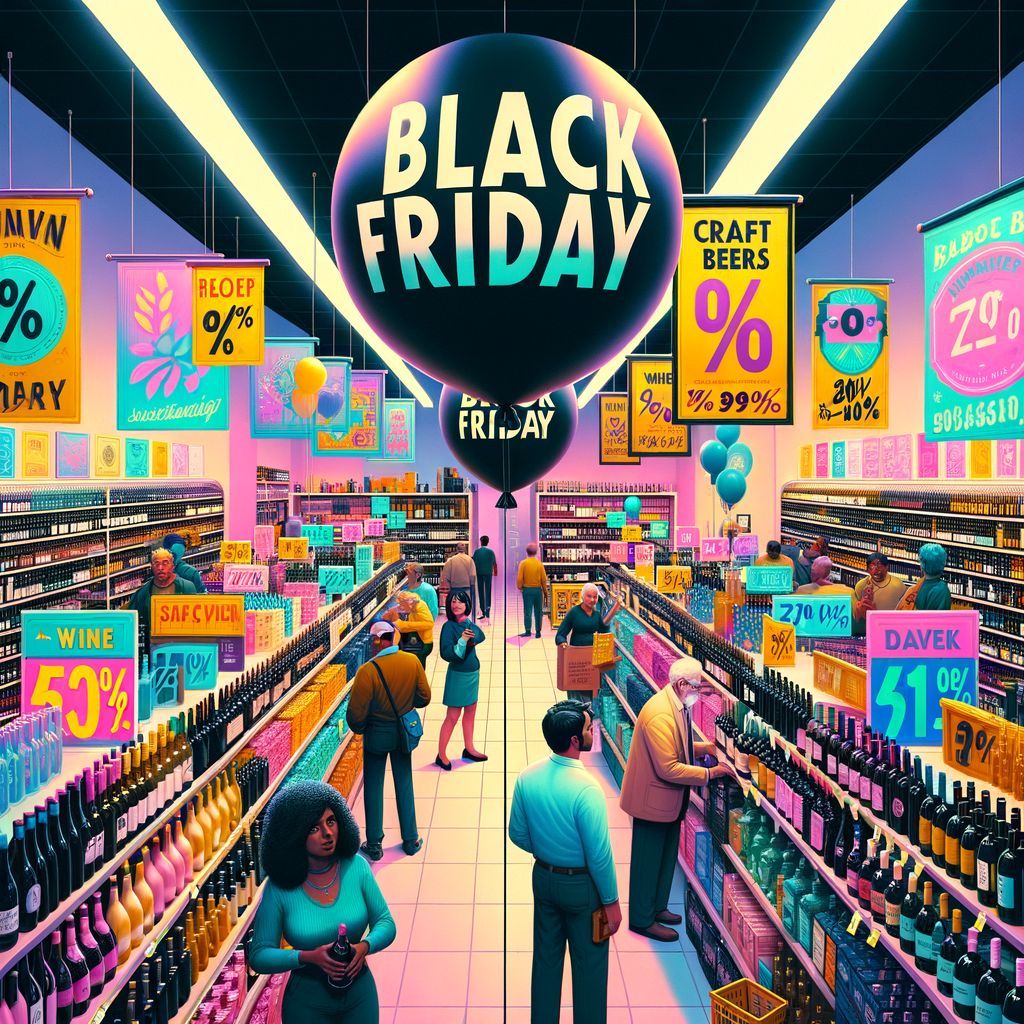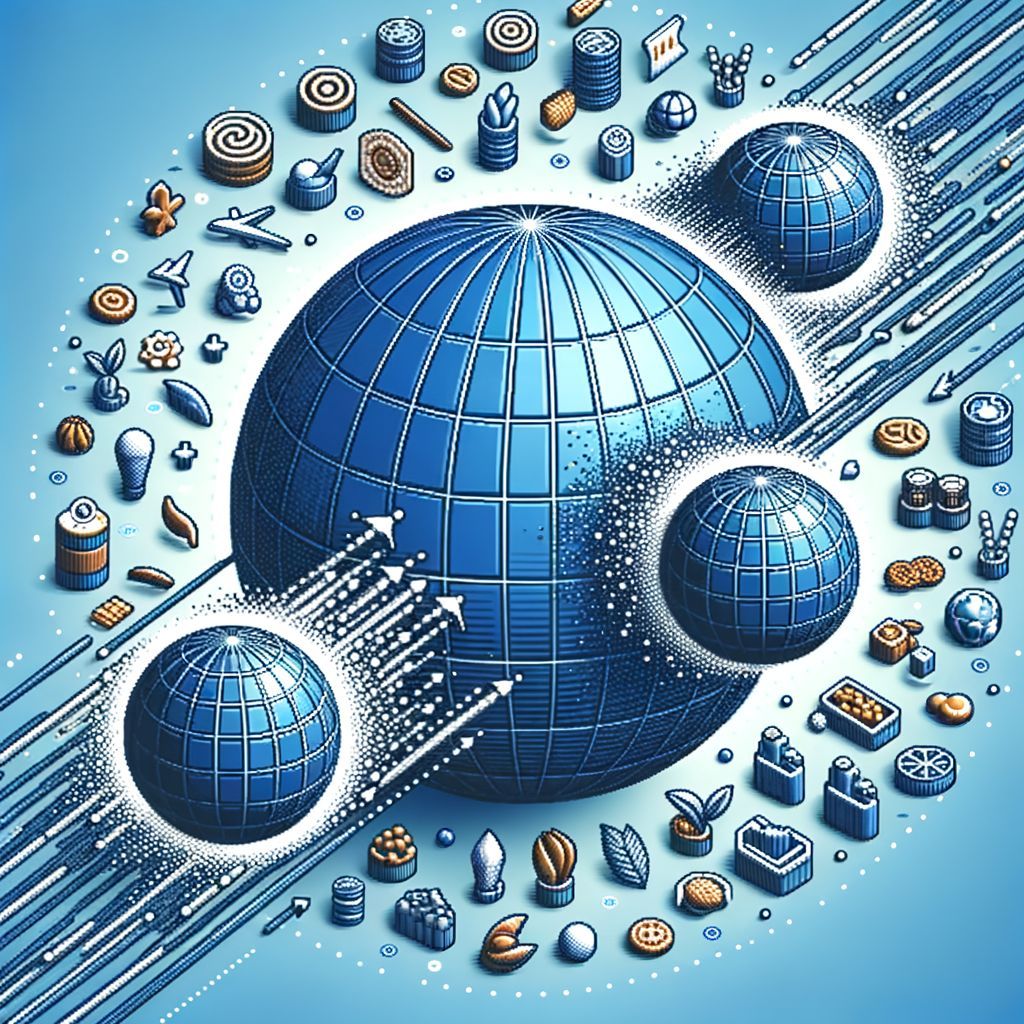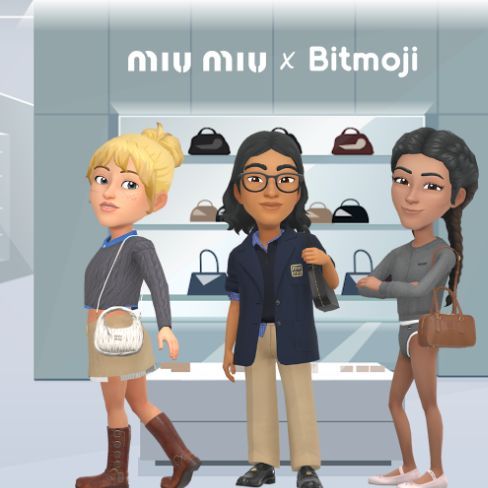
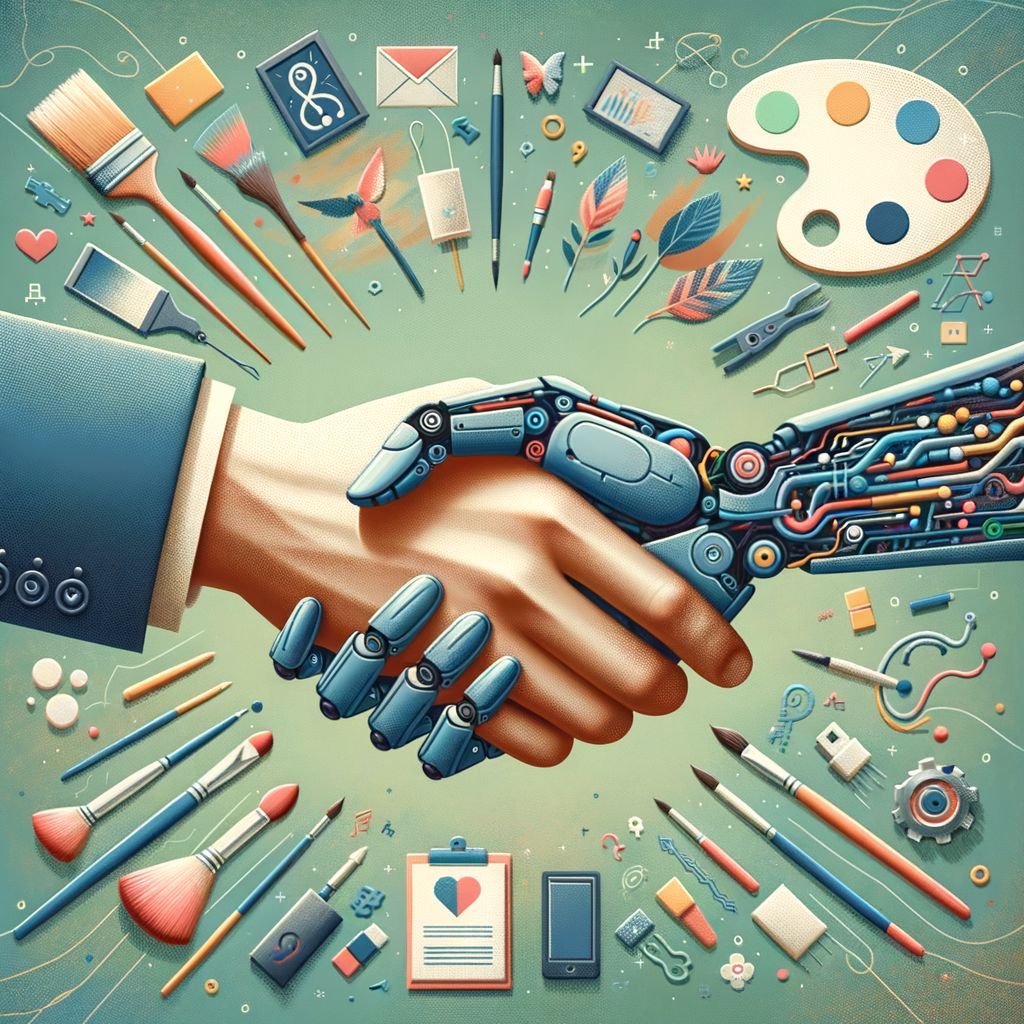
Image by DALL·E Pic: Midjourney
Editors' Note: Many Fast News images are stylised illustrations generated by Dall-E. Photorealism is not intended. View as early and evolving AI art!

AI tools in play,
Authenticity at stake,
Creators, not prey.

Perfection42: AI tools for ad creation should be supporting creators and UGC authenticity, not trying to replace it
Industry experts are warning new AI tools for ad creation from Meta, Amazon and TikTok lack the crucial element of authenticity that is vital for e-commerce, which is increasingly powered by user-generated content (UGC).
The latest tools from Meta for ad creation, including video border expansion, were unveiled at Advertising Week last week. Earlier, Amazon released an AI tool that creates videos by using product photos, while TikTok introduced Symphony, which is experimenting with AI-generated avatars in ads.
Yet according to AI experts from Perfection42, a company that provides custom visual AI solutions for businesses, this doesn’t respond to the industry’s need for authentic content, nor does it suitably support the booming user-generated content market driving engagement across these platforms.
Simona Vasytė, CEO of Perfection42, argued AI could be used to make static content more engaging while maintaining authenticity: Namely, by supporting creators, not replacing them.
"New tools that Meta has introduced aren’t groundbreaking, and they’re not going to change the industry. Expanding video borders or replacing the background is not the needle that needs to be moved by e-commerce businesses. In reality, what brings them revenue is UGC videos. AI developers can apply their skills towards improving the UGC market, thus helping the businesses scale," said Vasytė.
The UGC market is projected to grow 29.4% annually, reaching US$18.6 billion by 2028. According to a recent Stackla survey, 79% of people say UGC highly impacts their purchasing decisions. Studies also indicate UGC results in 29% higher web conversions than campaigns or websites without it. North America UGC generates the most revenue, followed by Asia-Pacific and EMEA.
According to Vasytė, new AI tools like Arcads are emerging to leverage the potential of UGC. This tool allows the manipulation of people’s faces to turn any script into reality by using AI lip-synching and voice generation, which Meta does not offer.
“There is an important aspect that requires special attention here–companies that are using tools like Arcads are receiving a lot of negative feedback from potential buyers who quickly spot AI. It removes the authenticity from UGC. With such tools, AI has the potential to shift and replace the entire UGC industry, but this by no means should be the goal,” Vasytė said.
This doesn't mean AI doesn't have a place. For Vasytė, AI-powered image-to-video tools can transform static images into unique animations, enhancing engagement metrics and potentially leading to higher click-through-rates and more conversions.
"UGC videos have proven to be a powerful format for advertisers, but creators face increasing demand, and static content such as UGC images often struggles to engage in the same way," Vasytė noted. "We could address this by leveraging AI to enhance static UGC content into dynamic, video-like experiences. This approach would allow brands to create animated visuals while preserving the authenticity and originality that UGC audiences value."
As AI continues to evolve, the focus should be on refining tools that support creators, not replace them, Vasytė concluded.
"Image-to-video tools allow us to create authentic and engaging animated content that is aligned with brand needs and consumer expectations. In terms of performance, it increases the engagement metrics, often resulting in higher click-through-rates which correlate to more conversions," she added.




